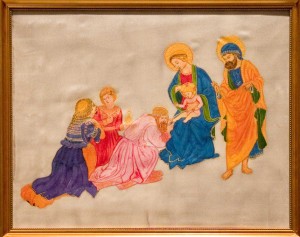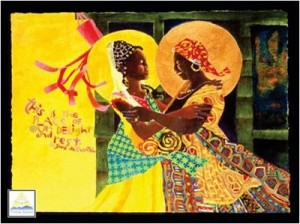It is a rather sad sounding description isn’t it? “Ordinary Time” hmm… The Latin title for this time period isn’t all that impressive either: Tempus per annum (Time through the year). But maybe there IS some inspiration here after all. The faith is not just something reserved for extraordinary moments and seasons. It is meant to be lived in all the ordinary moments of life too, it is meant to be lived through the year.
The liturgical readings and prayers of Ordinary Time emphasize discipleship. What does it mean to be a disciple of Jesus in matters such as decisions, money, use of time, priorities, etc? How to do we encounter the Kingdom of God and perceive it in our daily lives? What are the conditions of discipleship? How will we ultimately be judged? These are some of the themes of Ordinary Time.
So, encounter God in the “ordinary” in the time through the year, even on vacation this summer. There is no vacation from our vocation. Do miss what God is doing, even in the ordinary.






